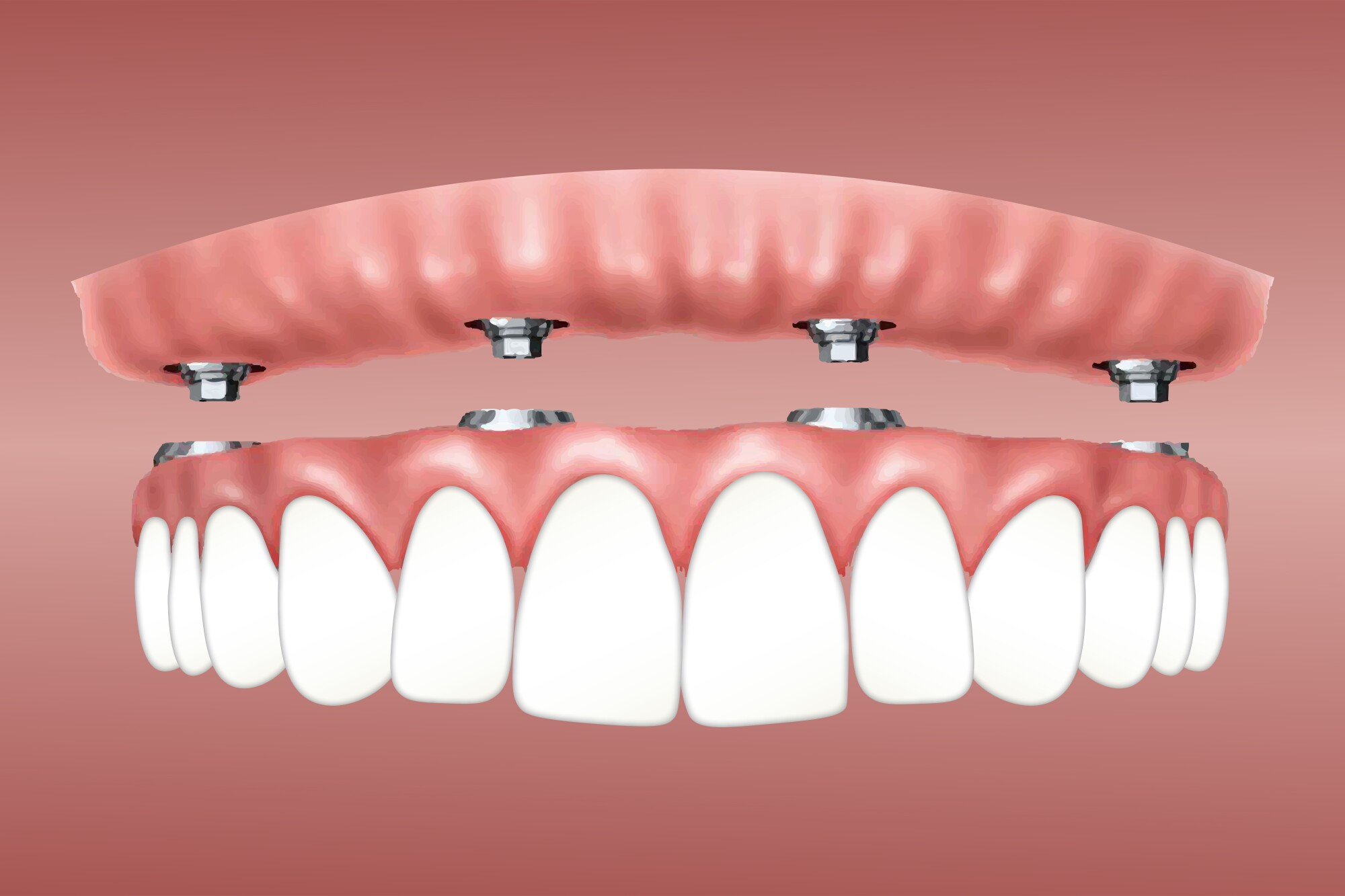Getting The Dental Sense To Work
Getting The Dental Sense To Work
Blog Article
Dental Sense for Dummies
Table of ContentsIndicators on Dental Sense You Need To KnowNot known Facts About Dental SenseThings about Dental SenseThe Single Strategy To Use For Dental Sense
are medical tools operatively dental implanted into the jaw to restore a person's capacity to chew or their look. They supply support for man-made (fake) teeth, such as crowns, bridges, or dentures. When a tooth is shed as a result of injury or disease, an individual can experience problems such as fast bone loss, malfunctioning speech, or changes to chewing patterns that lead to discomfort.Dental implant systems include a dental implant body and dental implant abutment and might additionally include an abutment fixation screw. Front tooth filling. The oral implant body is surgically put in the jawbone in place of the tooth's origin. The oral implant joint is usually connected to the implant body by the joint addiction screw and extends with periodontals right into the mouth to sustain the connected fabricated teeth
(https://pubhtml5.com/homepage/vtrmy/)Structure of The Dental Implant System choosing dental implants, talk with your dental copyright concerning the prospective benefits and risks, and whether you are a candidate for the procedure. Things to consider: Your general health and wellness is a crucial consider identifying whether you are an excellent prospect for oral implants, how much time it will take to recover, and the length of time the dental implant may remain in location.
Smoking cigarettes might influence the recovery process and lower the lasting success of the dental implant. The healing process for the dental implant body may take numerous months or longer, throughout which time you typically have a momentary abutment instead of the tooth. the oral implant procedure: Thoroughly adhere to the oral health directions provided to you by your oral company.
Top Guidelines Of Dental Sense
Implant failure can lead to the need for one more operation to deal with or change the implant system. Brings back the capacity to chew Recovers aesthetic look Helps keep the jawbone from reducing because of bone loss Protects the health and wellness of the surrounding bone and gum tissues Helps maintain adjacent (nearby) teeth secure Boosts high quality of life Damages to surrounding all-natural teeth during implant placement Injury to the surrounding tissues during surgery, such as sinus opening Injury throughout surgical treatment (as an example, crack of surrounding jawbone) Insufficient function, such as seeming like the teeth do not bite together typically An experience that the tooth is loose or turning in place resulting from a joint screw loosening Implant body failing (looseness of the implant body) due to systemic infection, which may be most likely in clients with uncontrolled diabetics issues because of neighborhood infection in bone and gums sustaining the implant body due to postponed recovery, which might be a lot more most likely in clients that smoke Difficulty cleaning the gums around the implant, causing poor dental hygiene Neglected periodontal disease Post-surgical tingling because of nerve impingement or damage Constantly inform healthcare service providers and imaging technicians that you have oral implants prior to any magnetic vibration imaging (MRI) or x-ray treatments.
FDA is not mindful of any kind of unfavorable occasions reported for MRI or x-ray treatments with oral implants. Dental implants systems are typically made of products that adhere to international consensus criteria of the International Organization for Standardization (ISO) or ASTM International. These requirements have information of what makes a safe product.

A dental implant is a framework that replaces a missing tooth. With screw-like gadgets, the surgeon inserts an implant into the jawbone, and it acts as an anchor for a man-made tooth, called a crown.
The Basic Principles Of Dental Sense
Some individuals are not qualified for dental implant surgical procedure. It is for oral specialists to run on people with: intense illnessuncontrollable metabolic diseasebone or soft tissue illness or infectionIf these concerns are settled, an individual can have the surgery. In, oral specialists abstain from operating on individuals with: If individuals with any one of the above undertake oral implant surgery, there is a higher danger of the implant falling short.

Oral dental implant surgery is a tailored process. It's not the same for everybody. However the adhering to offers a general review of what you can anticipate your dental practitioner, dental cosmetic surgeon, periodontist or i was reading this prosthodontist to do: Place the implant operatively. Give you time to heal. Attach the blog post and last crown, bridge or denture.
Next off, your specialist will thoroughly position the dental implant right into your jaw. Ultimately, your cosmetic surgeon will rearrange your gum tissues and shut the laceration with stitches. If your implant is near the front of your mouth, your dental expert will make a short-term tooth for you to use up until you recover. That means, you will not have a void in your smile while you recover.
The Single Strategy To Use For Dental Sense
Throughout the healing stage, your jawbone needs to fuse to the oral implant. This process can take anywhere from 3 to 9 months.
Once your dental implant heals, your dental practitioner can affix the joint (little connector post) and your last restoration (crown, bridge or denture). This typically takes about one hour to complete and may need a second small surgical procedure. You should not feel any kind of discomfort throughout your oral implant treatment due to the fact that your service provider will certainly utilize medication to numb your gum tissues.
Report this page